-
chevron_right
Operation 404: 11 Arrests, Hundreds of Pirate Sites, Apps & Domains Blocked
news.movim.eu / TorrentFreak · Wednesday, 15 March, 2023 - 09:21 · 4 minutes
 Brazil’s crackdown against pirate sites, IPTV services, infringing apps, and other mechanisms delivering illegal content to the masses, continues to press ahead.
Brazil’s crackdown against pirate sites, IPTV services, infringing apps, and other mechanisms delivering illegal content to the masses, continues to press ahead.
In the wake of similar operations in previous years, including action reported in August 2022 , a new phase of Brazil’s ‘Operation 404’ anti-piracy initiative was announced on Tuesday.
Operation 404.5 – Phase 5
The launch of the 5th phase of Operation 404 is described by Brazil’s Ministry of Justice and Public Security (MJSP) as an “international mobilization” coordinated by the MJSP, through the National Secretariat for Public Security (Senasp), with support from police in eight states.
“The objective is the removal of audio and video content, such as games and music, blocking and suspension of illegal streaming websites and applications, de-indexing of content in search engines and removal of profiles and pages on social networks,” an MJSP announcement reads.
“In this 5th phase, eleven people were arrested: four in São Paulo, two in Paraná, one in Bahia and four in Minas Gerais,” the government ministry reports.
Search and seizure warrants to locate computer equipment were executed in the states of Pernambuco, São Paulo, Paraná, Minas Gerais, Rio Grande do Sul, Bahia, Ceará and Rio de Janeiro.
“199 illegal streaming and gaming sites and 63 music apps were also removed, in addition to blocking 128 domains,” the ministry says.
A total of six “messaging app channels” with more than 4,000 subscribers were also blocked, reportedly for distributing music that had not been officially released.
International Cooperation
The local operation received significant international support. Authorities say they collaborated with the UK’s Police Intellectual Property Crime Unit and the British Embassy, Peruvian intellectual property protection agency INDECOPI, MPA Latin American, anti-piracy group Alianza, and US-based videogame industry group Entertainment Software Alliance (ESA).
TorrentFreak obtained what appears to be a notice directed toward visitors to seized sites and domains. In addition to the groups listed above, it reveals the participation of the UK’s Intellectual Property Office, the Alliance for Creativity and Entertainment, Brazil-based music industry group APDIF, and global music industry group IFPI.
According to the latest figures, Operation 404 has led to the blocking of 1,974 websites and 783 apps since it began in 2019. The names of the sites and apps are never mentioned in material released to the public.
During a Ministry of Justice press conference Tuesday, there was a clear effort to associate pirate sites with malware and a “certainty” that people downloading music or watching pirate streams would have their private information exposed.
That led to a moment of unexpected dark humor (and concerned faces) when a journalist suddenly mentioned a Globo report containing claims that Brazil operated a secret system capable of monitoring the locations of up to 10,000 people by simply entering their phone numbers.
Focus on Pirate TV Services
A key focus area for Brazilian authorities is the illegal TV market, encompassing pirate IPTV services, illegal streaming websites, and the flood of set-top boxes that have saturated the local market.
In a late December 2022 announcement, Brazil’s National Film Agency (ANCINE) revealed a “reformulation” of its anti-piracy operations. Citing overlapping activities that risked straying into areas where the National Telecommunications Agency (ANATEL) has authority, ANCINE said that it would “ move away ” from actions targeting the TV piracy market.
Moving forward, ANCINE said that its focus would be on the protection of locally produced audiovisual works. As a result, technical cooperation with the Motion Picture Association in Latin America would come to an end .
The involvement of the MPA in the 5th phase of Operation 404 suggests that overall cooperation continued.
Earlier this year, ANATEL said that its work to disrupt the pirate TV market would continue using various means. Increased pressure on the sale of non-certified, non-approved set-top boxes, for example, and actions against illegal pay TV services that distribute content via the internet or otherwise rely on it.
Following our report last summer that Brazil planned to visit Portugal and Spain to learn more about their ISP blocking programs, we can confirm those visits went ahead and that Brazil views widespread blocking as a key weapon in the fight against piracy.
ANCINE and ANATEL Announce New Partnership
After announcing the signing of a ‘Technical Cooperation Agreement’ last week, it appears that ANCINE and ANATEL will now work together to combat pirate TV services.
The agreement covers an initial period of 24 months and will see ANCINE tracking and monitoring pirate services. Based on ANCINE’s complaints, ANATEL is expected to issue instructions to ISPs for the services to be blocked.
“With this exchange of information, ANCINE will signal the content that is being transmitted illegally and ANATEL may request the blocking of the channel or the pirated site”, says ANATEL’s Moisés Moreira.
“The idea of this exchange of information is to have speed, because in a case involving a sports match, for example, you have to be quick. It’s a different scenario from a website or channel that is, for example, airing a TV series.”
Last month ANATEL said it had already begun blocking IP addresses in an effort to disrupt ‘ gatonets ‘, a mishmash of subscription piracy TV services accessed via set-top decoders, IPTV devices, and various software applications.
In a move designed to protect Japanese animation content, last month Brazilian authorities said they had shut down two of the largest dedicated anime piracy sites in the region.
From: TF , for the latest news on copyright battles, piracy and more.

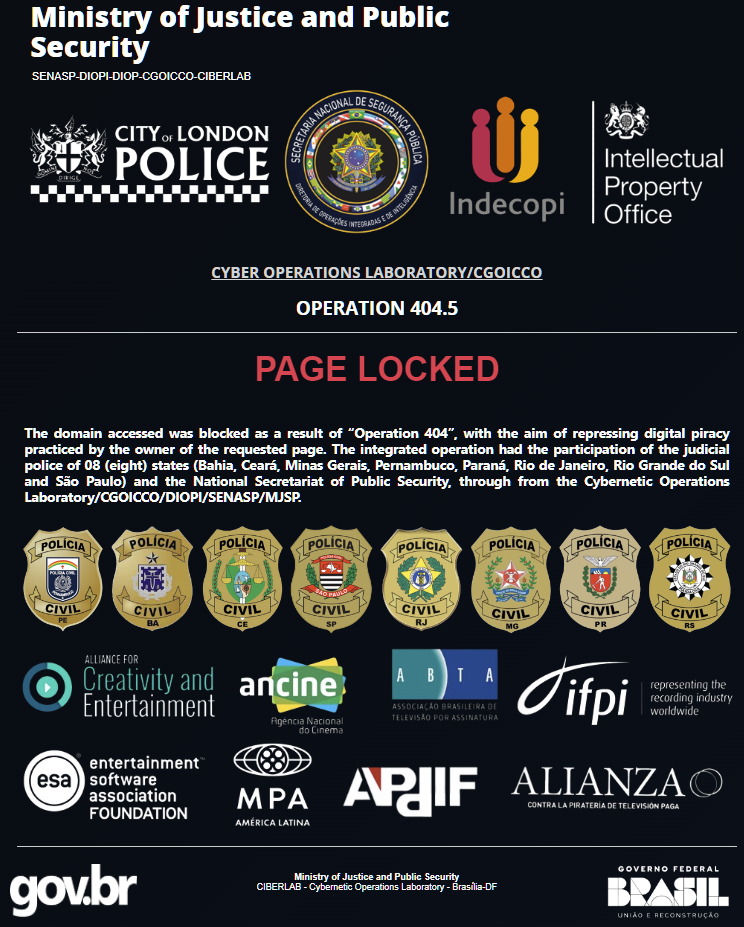

 Operating a mixtape site is not without risk. By definition, mixes include multiple sound recordings that are often protected by copyright.
Operating a mixtape site is not without risk. By definition, mixes include multiple sound recordings that are often protected by copyright.

 Piracy is a global phenomenon but the availability of enforcement options varies from country to country.
Piracy is a global phenomenon but the availability of enforcement options varies from country to country.



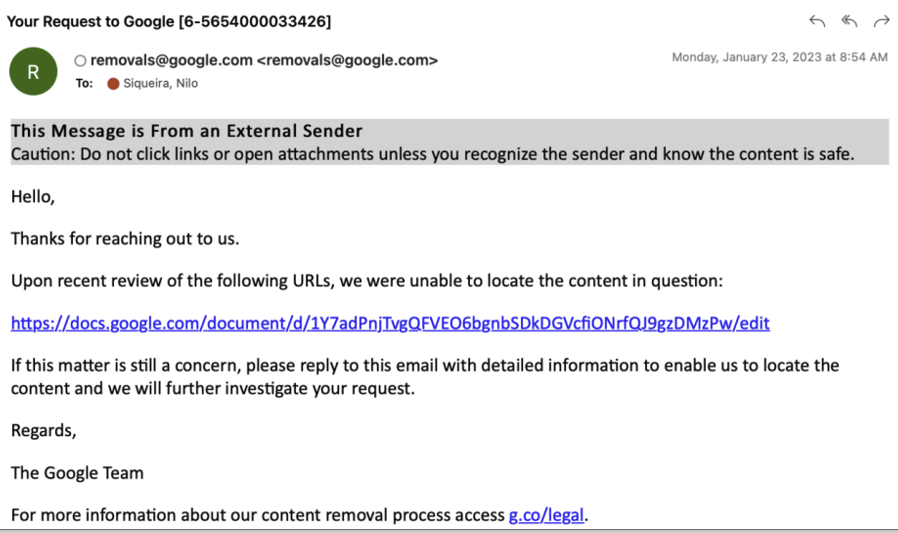

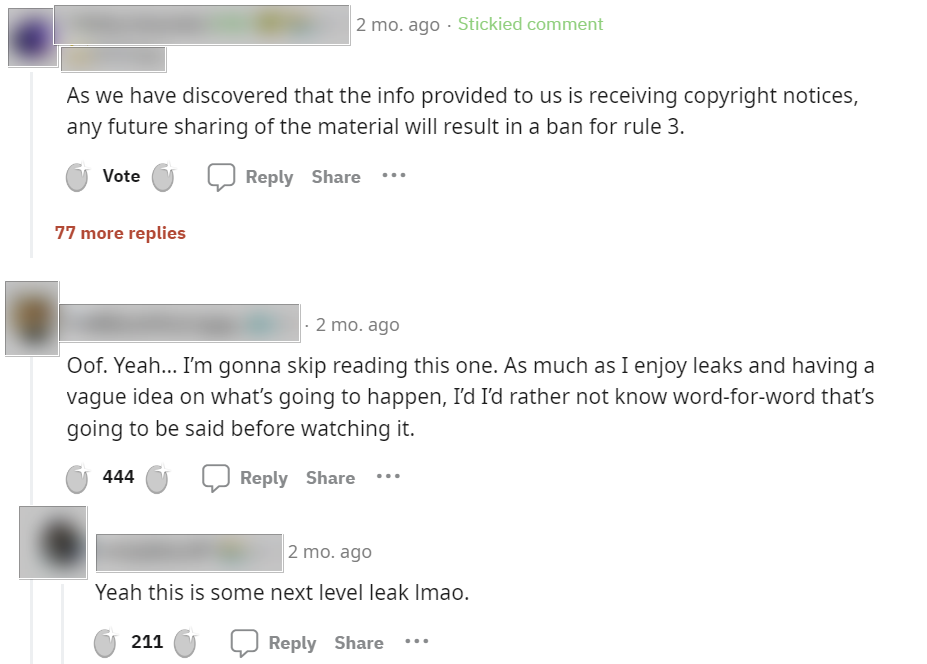
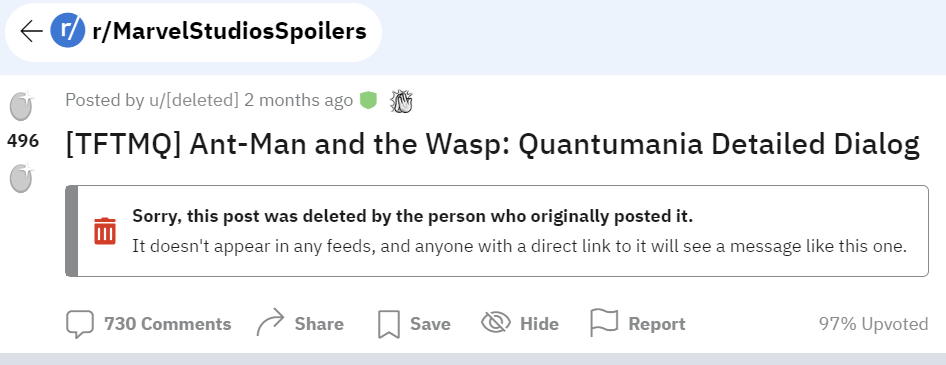
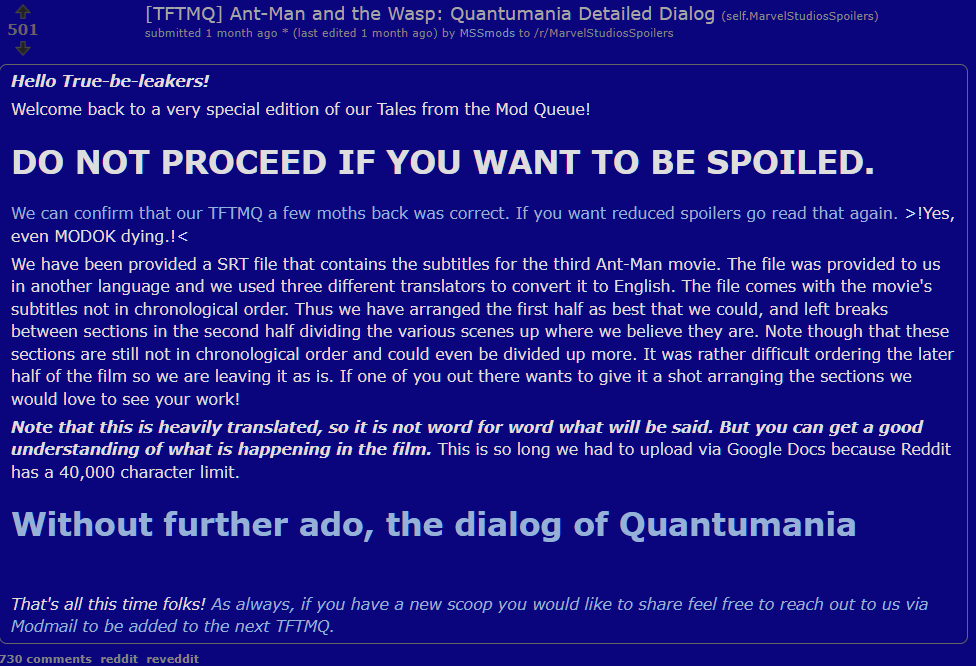




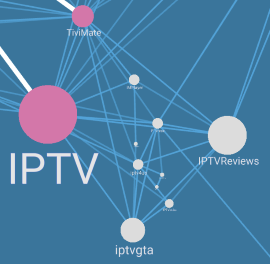

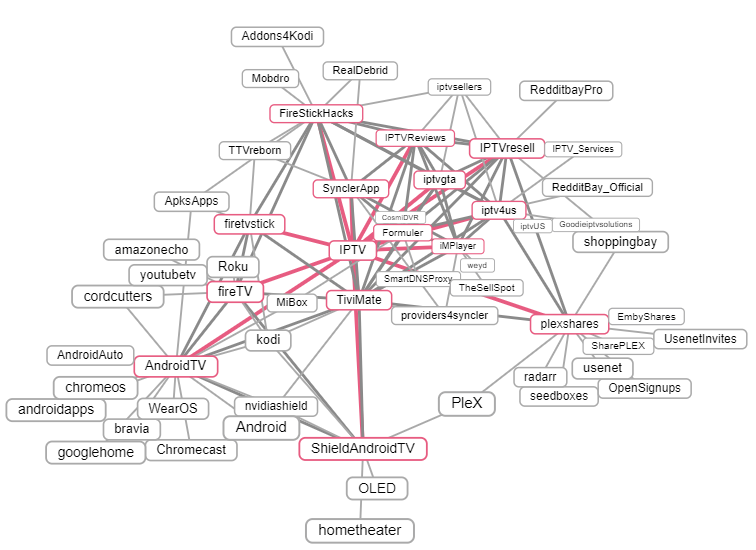



 Viral videos are big business. Therefore it’s no surprise that specialized companies emerged to help the lucky few to monetize their viral content.
Viral videos are big business. Therefore it’s no surprise that specialized companies emerged to help the lucky few to monetize their viral content.

